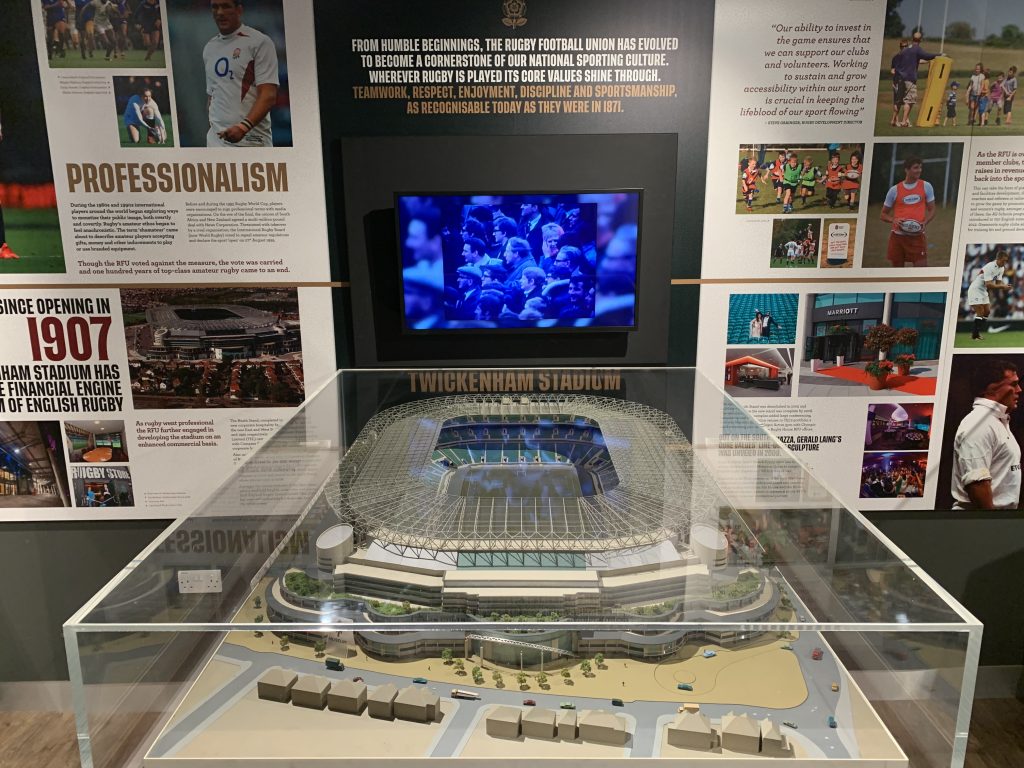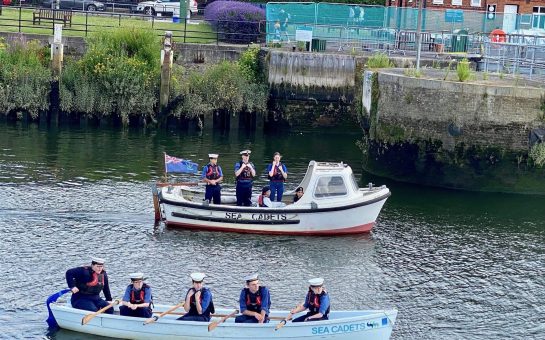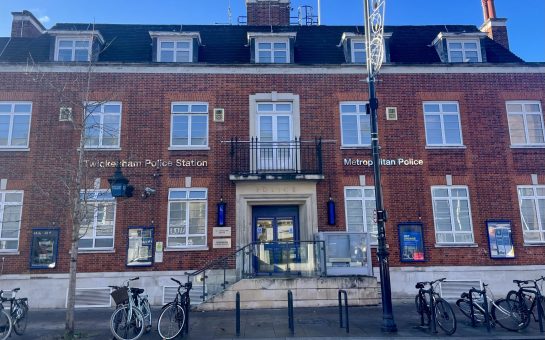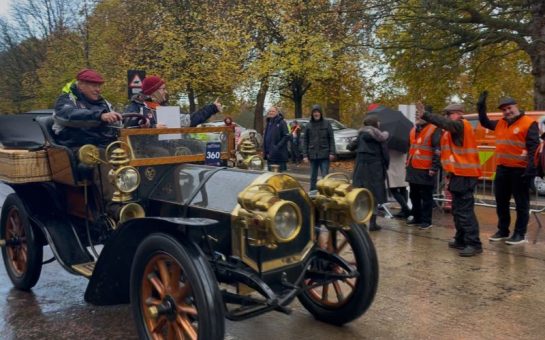In 1907, the RFU purchased 10¼ acres of land in the heart of Twickenham, which would soon become the home of England Rugby.
Originally a market garden, the land that ‘Twickers’ stands on was purchased for £5,572 and signed off by the treasurer of the RFU, William Kale.
At the time, Twickenham was quite a rural area and the stadium received a lot of criticism, with many people complaining that it was too far away from central London and that the grass was too long for rugby.
The British press derogatorily named the land “Billy Williams’ Cabbage Patch” as the land had previously been used to grow various vegetables.
Although the nickname was intended as mockery, it has now become an endearing and affectionate sobriquet for the renowned rugby stadium.
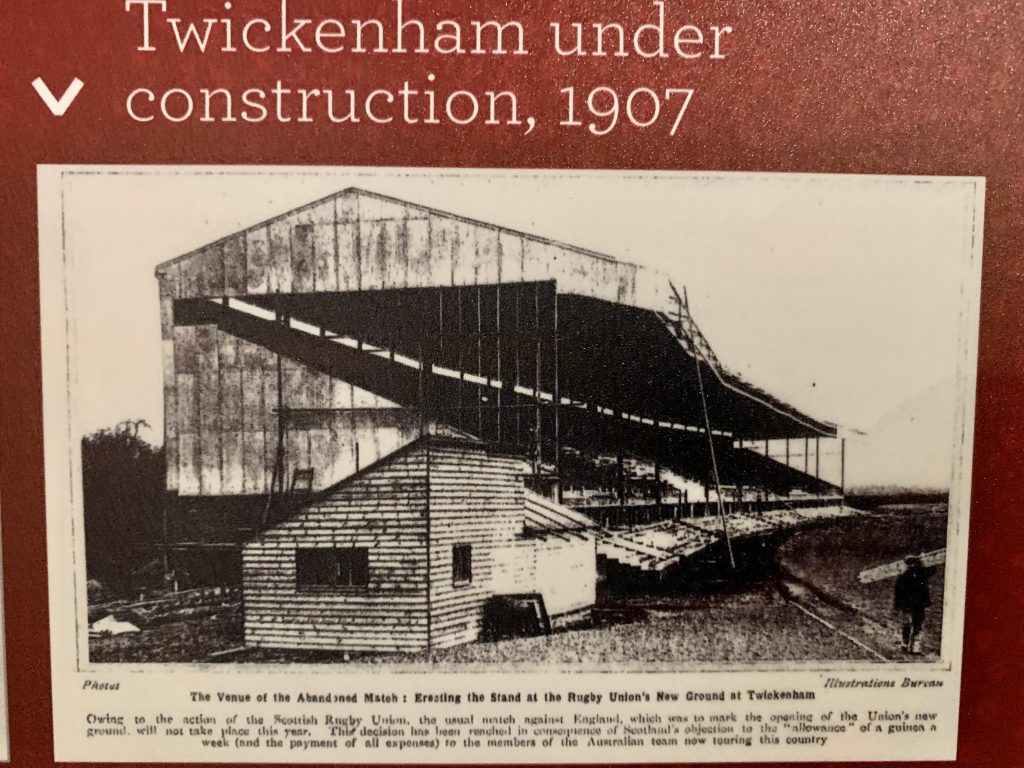
Phil McGowan, current curator of the World of Rugby Museum at Twickenham Stadium, said: “The RFU looked at land in Wembley and Stanford Bridge, but it was too expensive.
“Billy Williams found the land, he was property developer but also a referee and he recommended that this land be purchased.
“Interestingly, his uncle owned the land adjacent to it so that might be why he was so familiar with it.”
In 1909, Twickenham hosted its first rugby match, Harlequins v. Richmond.
A total of 18,000 rugby fans flocked to the stadium, standing in the newly erected East and West Stands, the terrace to the South, or even on a hill to the North, straining to get a look at the pitch.
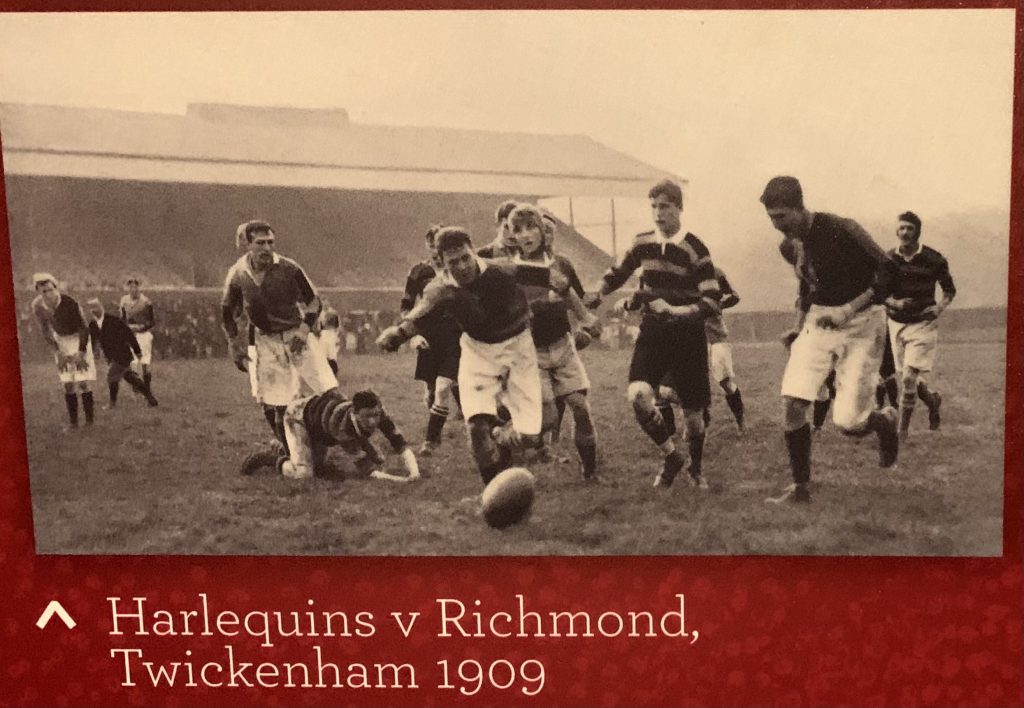
In 1910, 20,000 spectators crammed in the stadium to watch Twickenham’s first international match, England v. Wales, in what was formally known as the Five Nations games.
England beat Wales with a score of 11-6, quelling all complaints regarding the location and structure of the new rugby stadium, and thus began the golden era of rugby at Twickenham.
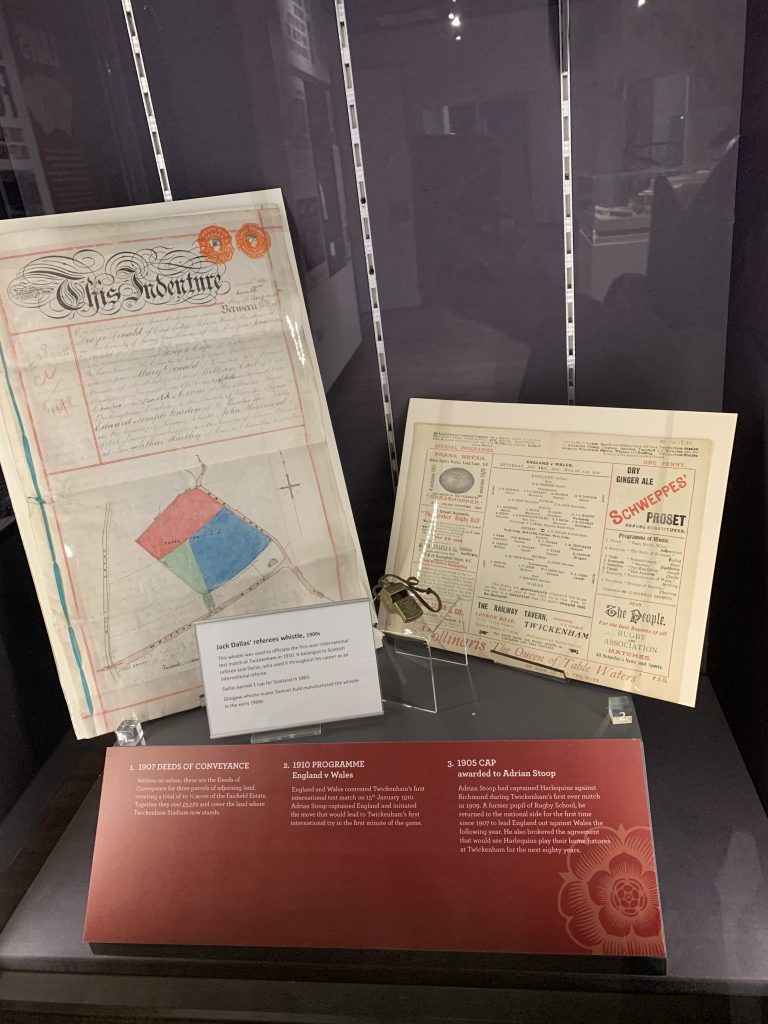
In the two World Wars, Twickenham Stadium joined the war effort alongside the rest of the country.
In WW1, Twickenham was used as a grazing area for livestock and horses that would be deployed to the front.
Unfortunately, seven of the 1913/1914 England Rugby squad lost their lives during the conflict.
In 1920, after the war, Twickenham was expanded with a third stand at the North of the stadium.
By the mid-20s Twickenham’s capacity was around 70,000, although many were still standing rather than sitting.
In 1927, the first ever live rugby broadcast on BBC radio was transmitted from Twickenham Stadium, making radio history.
Twickenham stadium also stretched to television, making history in 1938 when the BBC broadcasted the first ever televised rugby event at Twickenham, England v. Scotland in the Calcutta Cup.
In the Second World War, the entire stadium was given to the war office to be put to different uses.
Under the South terrace, there were fire engines which were used in the Blitz to put out fires.
The West Stand was turned into a hospital, although it was never used it was stationed to take the casualties of a potential chemical attack in London.
The car park was turned into a coal dump and the North Stand was filled up with metal to make aeroplanes. The whole stadium was put to use to help the war effort, and in the process it was hit by a V-2 rocket.
Fast forward 40 years, in 1981 a new South Stand was built at Twickenham which hosted spectators for the 1988 England v. Ireland game in which Chris Oti scored England a hat-trick and an exhilarated crowd came together to sing ‘Swing Low, Sweet Chariot’ for the first time in England Rugby history.
In 2005 the old South Stand was demolished, although the RFU had to cancel celebrations on the day of the demolition as the 7/7 tube attacks happened just days before the stand was set to be knocked down.
The stadium was renovated and expanded, with redevelopments of the East Stand occurring in 2018, creating the 82,000 capacity stadium that we all know and love today.
Phil, 43, who has written four books on the history of rugby, including England Rugby: 150 Years, explained: “Twickenham, is the biggest rugby stadium that is dedicated to the sport of rugby in the world.
“Today the stadium is what keeps the RFU afloat financially, with the match tickets, sponsorship, broadcasting.
“The RFU owns and funded the development of the stadium itself, and that is why the RFU is in the position that it is.
“I think the stadium puts Twickenham on the map.”
From its humble beginnings as a market garden, Twickenham Stadium will always be the heart of English Rugby as it continues to evolve and expand alongside the phenomenal game.
